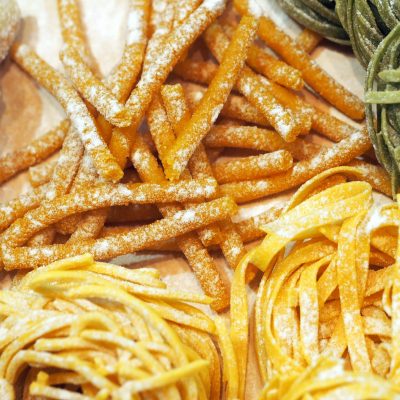Breeding for yield potential and stability at CIMMYT
The International Maize and Wheat Improvement Center (CIMMYT) has been improving low-latitude spring durum wheat for more than 6 decades from its centralized Mexico-based program. Starting in the early 70s, it developed and globally distributed semi-dwarf, high yielding and widely-adapted germplasm, following in the footsteps of the “Green Revolution” bread wheats. Thanks to their architecture that was more suited to the intensifying and modernizing agricultural systems of the era, their earliness and resistance to major diseases (at the time), the CIMMYT semi-dwarfs durum, as well as those independently developed by Italian breeding programs, went on to revolutionize durum cultivation globally, effectively and irreversibly displacing old local landraces which lost their competitiveness in the continuously intensifying production systems.
Historical successes, continued global impact and responsibility
CIMMYT-derived cultivars such as Mexicali 75, Yavaros 79 and Altar C84 were released in numerous countries besides Mexico, including in North Africa and Southern Europe, the Middle East and West Asia and the Indian Peninsula. They contributed to increasing national yields and enhancing food security in these regions. Post 80s, sustained efforts to increase yield potential and adaptation to a wide range of water availabilities contributed to the current dominating role of CIMMYT germplasm in the spring durum world. Among the cultivars released worldwide from 1994 to 2014, 70% were from crosses involving a parent from CIMMYT, with roughly half of those (35%) being direct releases. The direct releases during the same period is even higher when the data is segregated by regions such as North Africa and West Asia (51%), SubSaharan Africa (62%) and Latin America (68%). Today, CIMMYT is maintaining a breeding effort designed not only to sustain significant progress in yield potential and adaptation to a wide range of water availabilities and heat stresses, but also to protect yield gains from losses due to major diseases and genetically improve the industrial quality attributes of the durum grain to respond to global industry requirements. While we attempt to deliver these “full packages” of traits in our globally distributed.
Subscribe to the magazine to read the full article








